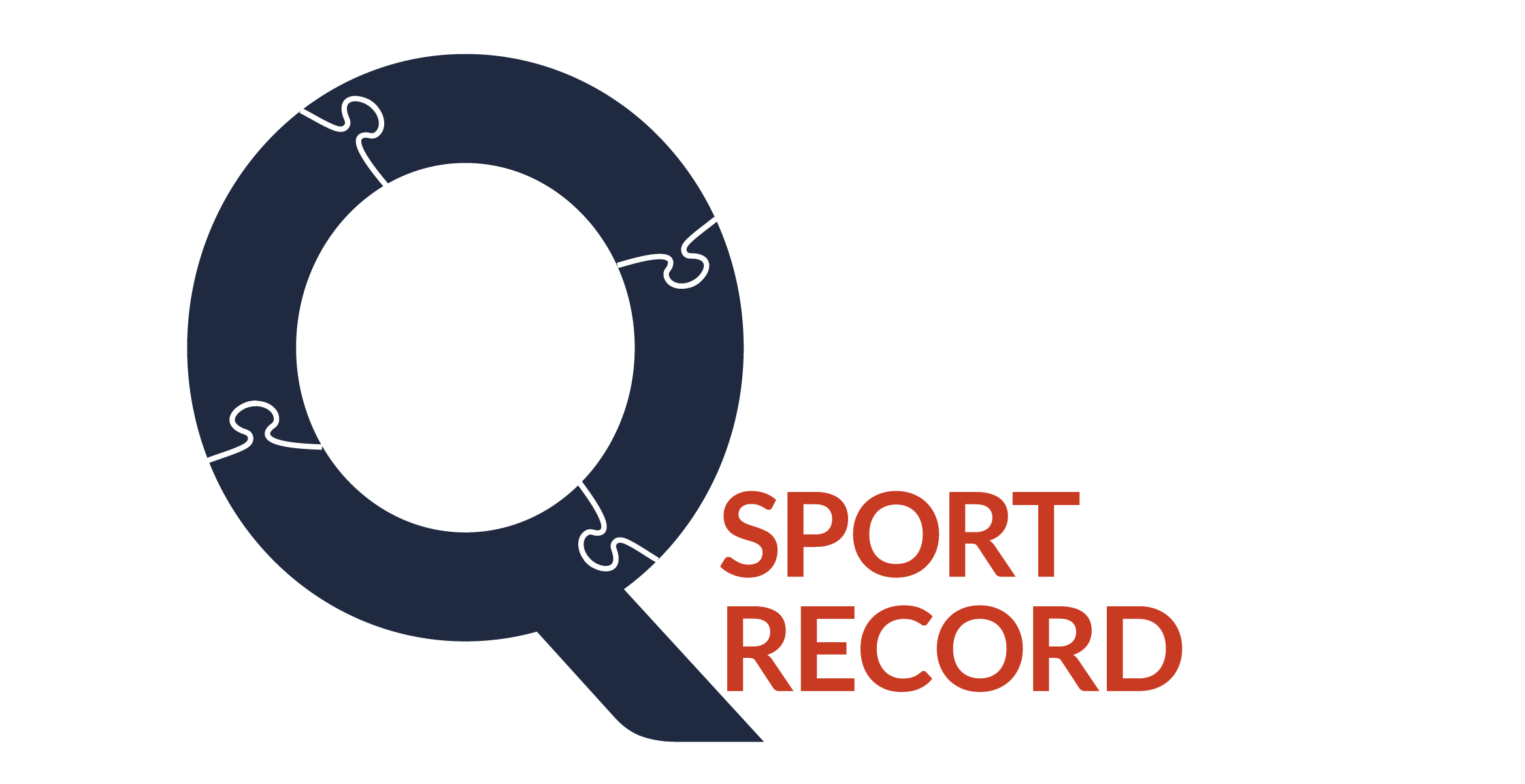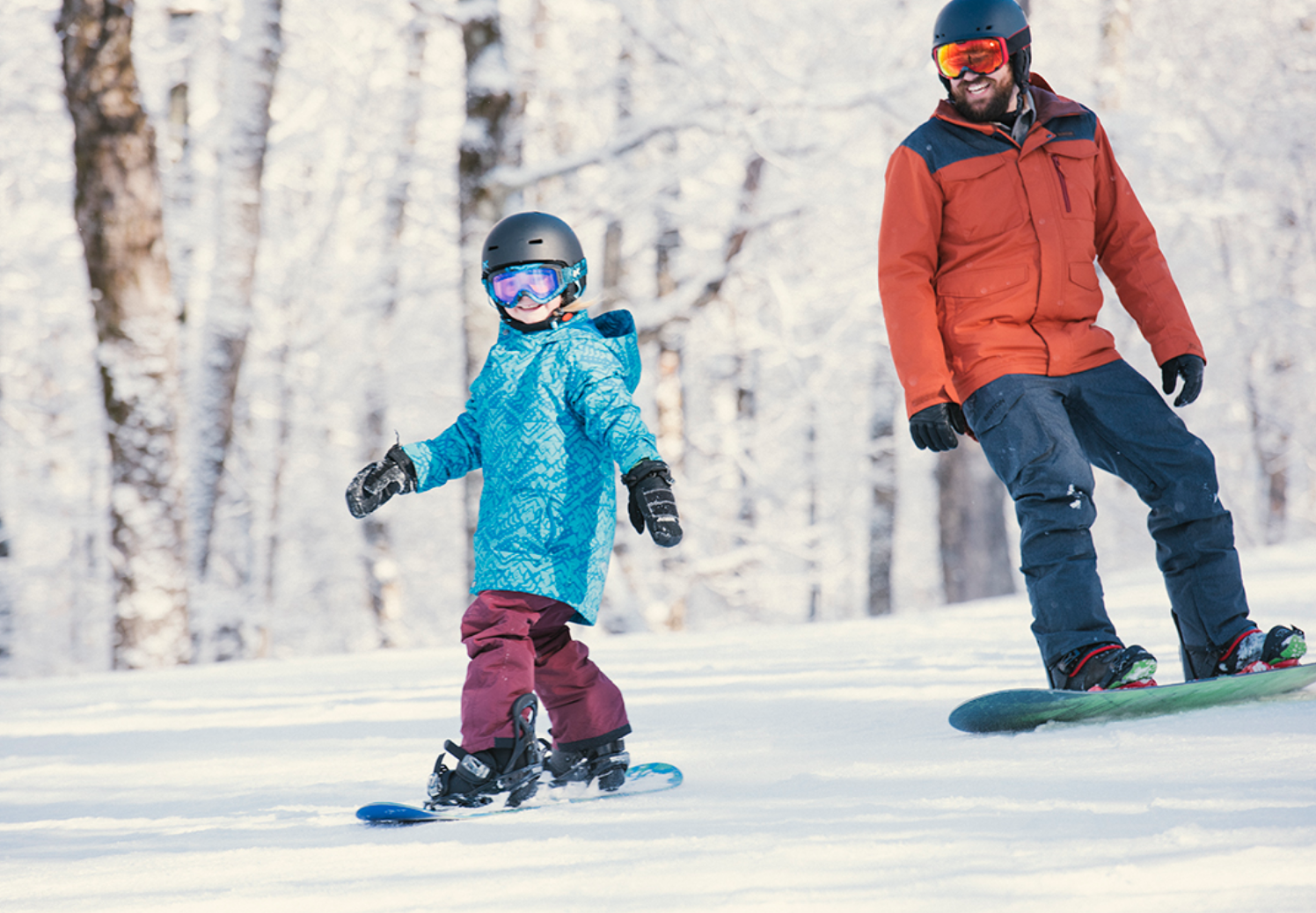Learn to Train: Canada Snowboard Riders
Snowboarding has outgrown its “new kid on the block” image with three consecutive Olympic appearances, but the sport continues to attract a reputation as the most dynamic, progressive and influential of winter sports. Around since 1991, the Canadian Snowboard Federation continues to develop and improve, progressing with the changing needs of Canadian athletes who compete from grassroots to the international level.
Snowboarding consists of three disciplines, Alpine (PGS), Snowboard-cross (SBX) and Half-pipe (HP). The sport teaches participants fundamental movement skills, fundamental sport skills and the ABCs – agility, balance, coordination and speed – of physical literacy.
Snowboard’s Long-Term Athlete Development (LTAD) model consists of eight stages.
- Active Start (M, F 0-6) – Establishes fundamental movement skills through physical activity and play.
- FUNdamentals (M 6-9, F 6-8) – Develops physical literacy and fundamental sport skills in a fun and positive social environment.
- Learn to Ride (M 9-12, F 8-11) – Introduces all three Olympic disciplines to ensure holistic skill development.
- Train to Train (M 12-16, F 11-15) – Forms good training habits on and off the snow, and emphasizes strength and fitness conditioning.
- Train to Compete (M 16-19, F 15-18 PGS and SBX; M 15-18, F 14-17 HP) – Increases training volume and intensity, and ensures access to competitions.
- Learn to Win (M 19-25, F 18-24 PGS; M 19-24, F 18-23 SBX; M 18-21, F 17-20 HP) – Transitions between national- and international-level podiums, and is the final stage of athletic preparation.
- Train to Win (M 25+, F 24+ PGS; M 24+, F 23+ SBX; M 21+, F 20+ HP) – Optimizes preparation for high importance competitions while composing and designing new movements.
- Active for Life (M, F all ages) – Encourages individuals to remain in the sport, either competitively or recreationally, for life.
Canada Snowboard’s LTAD: Park to Podium
Vision 2020: The LTAD Plan for Snowboarding in Canada
This framework encompasses every element of snowboarding, with the rider as the central focus. It seeks to enable Canadians to step regularly on top of international podiums.
BC Snowboard Association: Canadian Sport for Life (CS4L) Implementation Plan
Explains how BC Snowboard will provide programs and support to BC athletes to achieve growth within snowboarding.
C~S Riders centers on the Learn to Train stage by introducing participants to competitive snowboarding through either a slopestyle or snowboardcross type of event.
Slopestyle athletes make their way down, through and over a course comprised of a variety of obstacles including rails, jumps and other terrain park features — scoring points for amplitude, originality and quality of tricks. The discipline has its roots in action sports like skateboarding and BMX biking and has very successfully crossed over into the snow sports worlds of skiing and snowboard.
Parallel Slalom (PSL) is a similar snowboard discipline as Parallel Giant Slalom (PGS) already presented at the Olympic Games, but athletes ride a smaller, tighter course. The new Olympic discipline does not require any additional athlete as the alpine snowboarders traditionally compete in both the PGS and the PSL.
Canadian Snowboard Federation – canadasnowboard.ca


Recent Comments